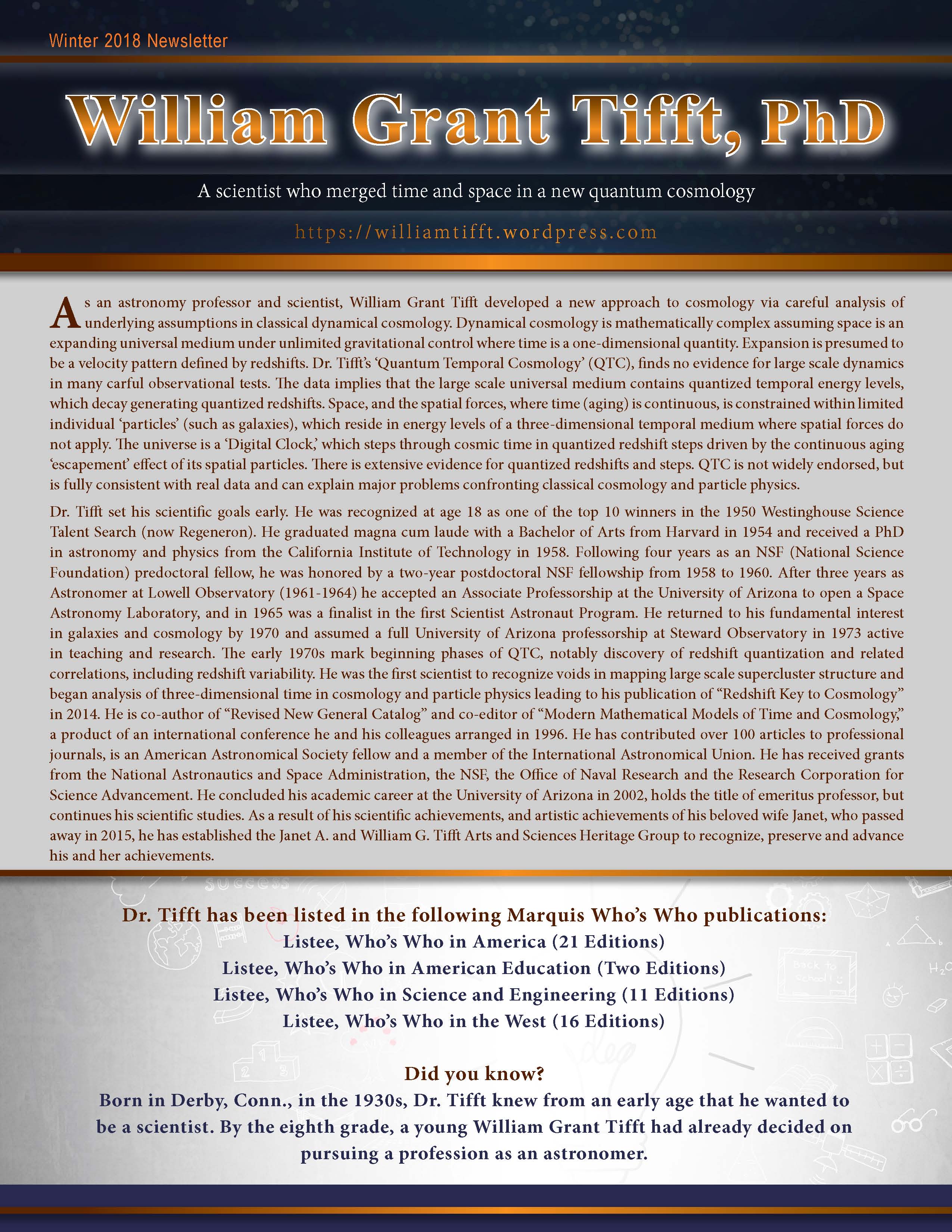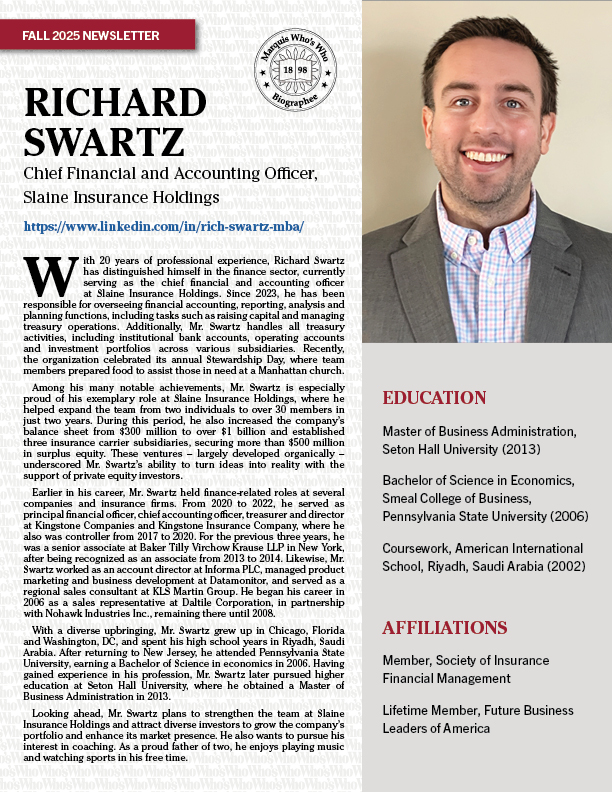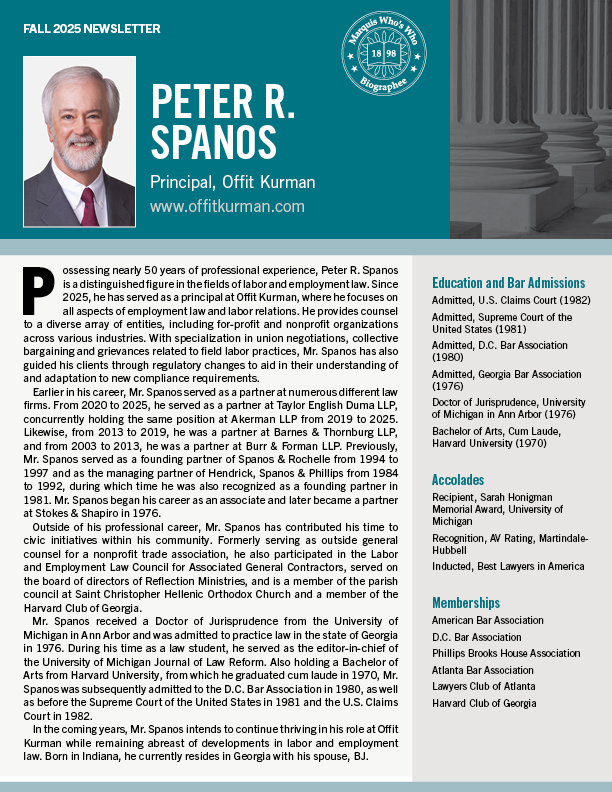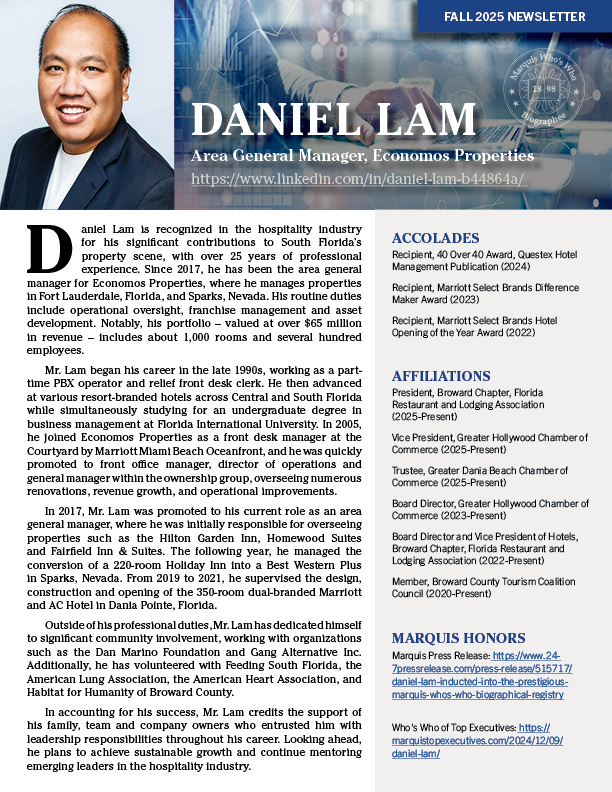
As an astronomy professor and scientist, William Grant Tifft developed a new approach to cosmology via careful analysis of underlying assumptions in classical dynamical cosmology. Dynamical cosmology is mathematically complex assuming space is an expanding universal medium under unlimited gravitational control where time is a one-dimensional quantity. Expansion is presumed to be a velocity pattern defined by redshifts. Dr. Tifft’s ‘Quantum Temporal Cosmology’ (QTC), finds no evidence for large scale dynamics in many careful observational tests. The data implies that the large scale universal medium contains quantized temporal energy levels, which decay generating quantized redshifts. Space, and the spatial forces, where time (aging) is continuous, is constrained within limited individual ‘particles’ (such as galaxies), which reside in energy levels of a three-dimensional temporal medium where spatial forces do not apply. The universe is a ‘Digital Clock,’ which steps through cosmic time in quantized redshift steps driven by the continuous aging ‘escapement’ effect of its spatial particles. There is extensive evidence for quantized redshifts and steps. QTC is not widely endorsed, but is fully consistent with real data and can explain major problems confronting classical cosmology and particle physics.
Dr. Tifft set his scientific goals early. He was recognized at age 18 as one of the top 10 winners in the 1950 Westinghouse Science Talent Search (now Regeneron). He graduated magna cum laude with a Bachelor of Arts from Harvard in 1954 and received a PhD in astronomy and physics from the California Institute of Technology in 1958. Following four years as an NSF (National Science Foundation) predoctoral fellow, he was honored by a two-year postdoctoral NSF fellowship from 1958 to 1960. After three years as Astronomer at Lowell Observatory (1961-1964) he accepted an Associate Professorship at the University of Arizona to open a Space Astronomy Laboratory, and in 1965 was a finalist in the first Scientist Astronaut Program. He returned to his fundamental interest in galaxies and cosmology by 1970 and assumed a full University of Arizona professorship at Steward Observatory in 1973 active in teaching and research. The early 1970s mark beginning phases of QTC, notably discovery of redshift quantization and related correlations, including redshift variability. He was the first scientist to recognize voids in mapping large scale supercluster structure and began analysis of three dimensional time in cosmology and particle physics leading to his publication of “Redshift Key to Cosmology” in 2014. He is co-author of “Revised New General Catalog” and co-editor of “Modern Mathematical Models of Time and Cosmology,” a product of an international conference he and his colleagues arranged in 1996. He has contributed over 100 articles to professional journals, is an American Astronomical Society fellow and a member of the International Astronomical Union. He has received grants from the National Astronautics and Space Administration, the NSF, the Office of Naval Research and the Research Corporation for Science Advancement. He concluded his academic career at the University of Arizona in 2002, holds the title of emeritus professor, but continues his scientific studies. As a result of his scientific achievements, and artistic achievements of his beloved wife Janet, who passed away in 2015, he has established the Janet A. and William G. Tifft Arts and Sciences Heritage Group to recognize, preserve and advance his and her achievements.
Contact William Grant Tifft:


